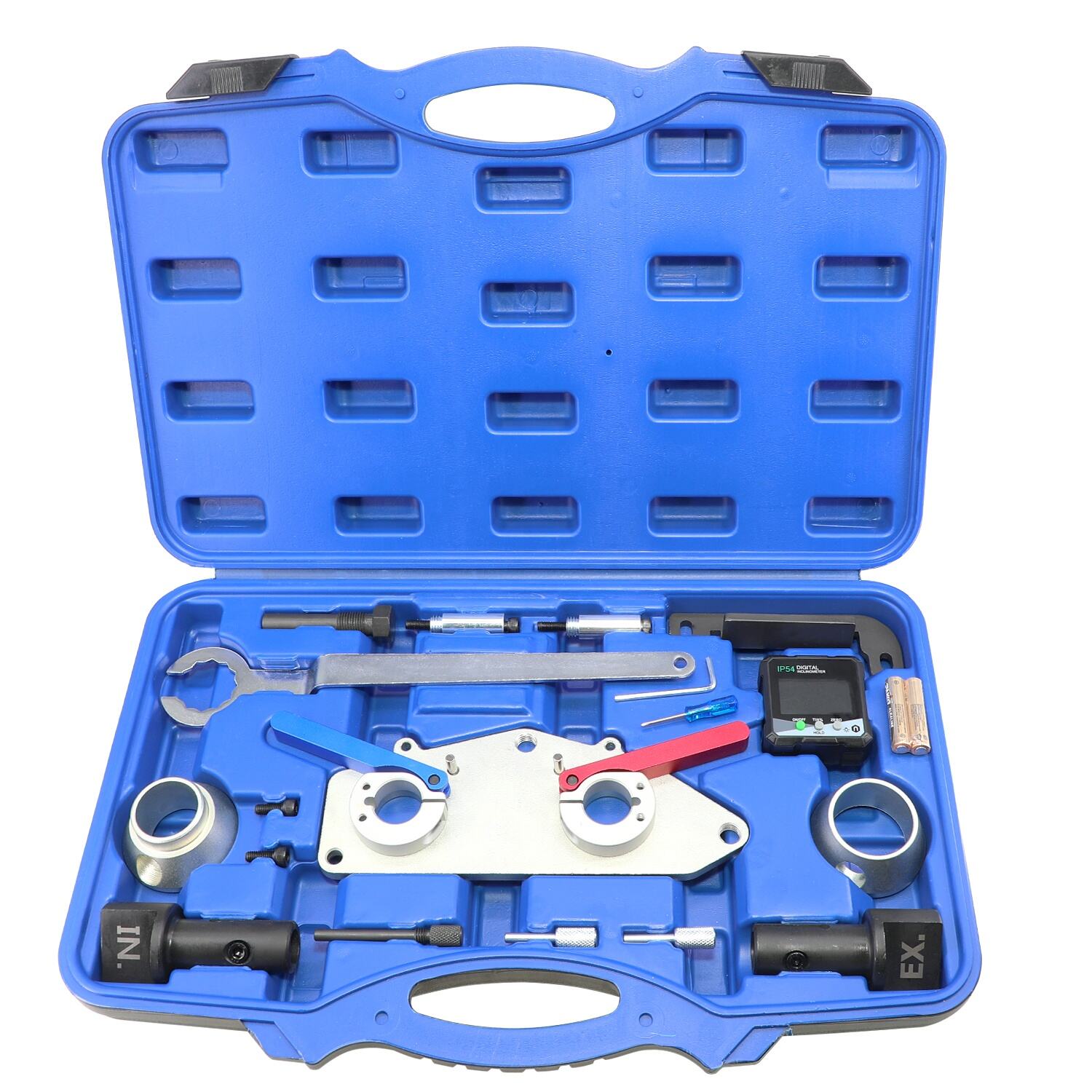The VW 1.5 TSI engine is a marvel of modern automotive engineering, blending efficiency and performance in a compact package. As with any engine, proper maintenance and care are essential for optimal operation, particularly regarding the timing system. This article delves into the technical features of the VW 1.5 TSI engine, explains the critical role of the timing system, and emphasizes the importance of using the correct tools to ensure smooth engine performance.

The VW 1.5 TSI engine is part of the long-standing TSI family, known for its turbocharged and direct injection technology. Here are some key technical specifications:
These characteristics make the VW 1.5 TSI engine suitable for a range of vehicles, combining responsive performance with fuel efficiency.
The timing system in an internal combustion engine is critical for synchronizing the movement of the engine’s internal components, specifically the crankshaft and camshaft. Here are the primary functions of the timing system:
Given its critical functions, any issues with the timing system can lead to significant performance problems, including rough idling, decreased fuel efficiency, and even engine damage.
Correctly setting the timing requires specific tools tailored to the VW 1.5 TSI engine. Using the appropriate tools is essential for several reasons:
Gather Necessary Tools: Ensure you have a timing belt or chain kit, timing tools (typically including locking tools for the crankshaft and camshaft), and any supporting tools such as wrenches and socket sets.
Access the Timing Components: Remove the necessary engine covers to access the timing belt or chain. Make sure to disconnect the battery to ensure safety during the procedure.
Set Engine to Top Dead Center (TDC): Use the appropriate timing tool to rotate the crankshaft to TDC. This position is critical for properly aligning the timing.
Install Timing Tools: Place the locking tools on the camshaft and crankshaft to hold them in place. Check alignment with the manufacturer’s specified timing marks.
Install or Adjust the Timing Belt/Chain: If replacing the timing belt or chain, follow the manufacturer’s instructions for proper installation. If adjusting the timing, make sure to make precise adjustments based on the tool readings.
Double-Check Alignment: Before reassembling any components, double-check that all timing marks remain aligned and that locking tools are secure.
Reassemble and Test: Once everything is properly set, reassemble the timing covers and other components. Reconnect the battery and start the engine, listening for smooth operation and checking for any warning lights.
Understanding the technical features of the VW 1.5 TSI engine and the critical role of the timing system is essential for any technician or automotive enthusiast. Using the right timing tools is paramount for ensuring the engine runs smoothly and efficiently. By taking the time to use proper tools and techniques, you can help maintain the performance and longevity of this impressive engine.
